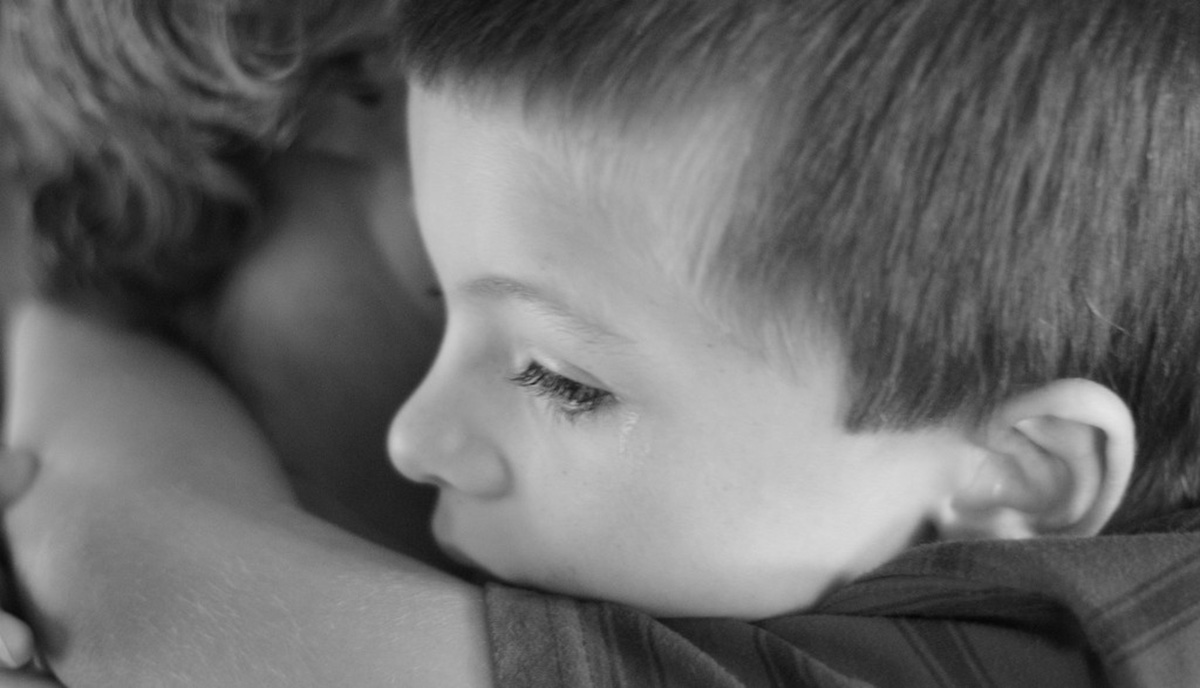Table of Contents
Autistic children, as well as their families, require specialized assistance in order to first, understand the disease, and then, make it easier for the patient to get involved in society and have a good quality of life.

There is a wide variety of therapies and treatments for autistic children, but some of them may be expensive and/or not available. Also, there is no general treatment that can be taken by all patients; usually, therapies have to be personalized, depending on the symptomatology that the child has and his or her immediate needs. For example, a 6 year old might need to improve social skills with other children, while an 18 year old might also need some strategies to be able to get into higher education or a job.
The first steps: social and communication skills
Early interventions are aimed for young children, usually below 5 years of age. These therapies are intensive sessions (20 to 40 hours per week, for 1 to 4 years) and can be taken at a specialized school or at home, on a one to one child to adult basis.
At the same time and also during adolescence and adulthood, shorter and more specialized interventions can be chosen, depending on the abilities of the patient.
Also, in the case of adults, special training sessions for job seeking or transition to university can be taken.
Since anxiety and aggression are very common behaviors in patients with autism, there are also approaches to control these behaviors. But when neurological problems such as repetitive behaviors, hyperactivity and sleeping disorders are present, it might be necessary for the patient to take medication to manage these symptoms.
Parents also need to get involved in the treatment. Autism is not an easy illness to deal with, especially because children hardly communicate with others or they just can't do it at all. Parents need to get to know their child and how to approach him or her in order to build a relationship and help in the child's involvement with society.
See Also: In Autism, Genes Do not Tell the Whole Story: Environmental Factors Have to Be Taken More Seriously
Help for patients with autism and their families
Medical and civil associations often offer support to families of children with autism and have several programs of social involvement and development of abilities. For example, in the U.S., the National Autism Association offers help for both patients and their families. They have support groups and reading material that can help in finding the right therapy for patients. The U.S. Autism and Asperger Association also provides information on the range of available therapies for those with autism as well as information on other national and local associations that might be helpful in their treatment.
- Brentani, H., et al. (2013). "Autism spectrum disorders: an overview on diagnosis and treatment." Revista Brasileira de Psiquiatria 35: S62-S72
- Lai, M.-C., et al. "Autism." The Lancet 383(9920): 896-910
- Miles, J. H. (2011). "Autism spectrum disorders: A genetics review." Genet Med 13(4): 278-294.
- Photo courtesy of melody hansen by Flickr : www.flickr.com/photos/melodygates/2441928291
- Photo courtesy of Lance Neilson by Flickr : www.flickr.com/photos/wactout81/4846820954


Your thoughts on this